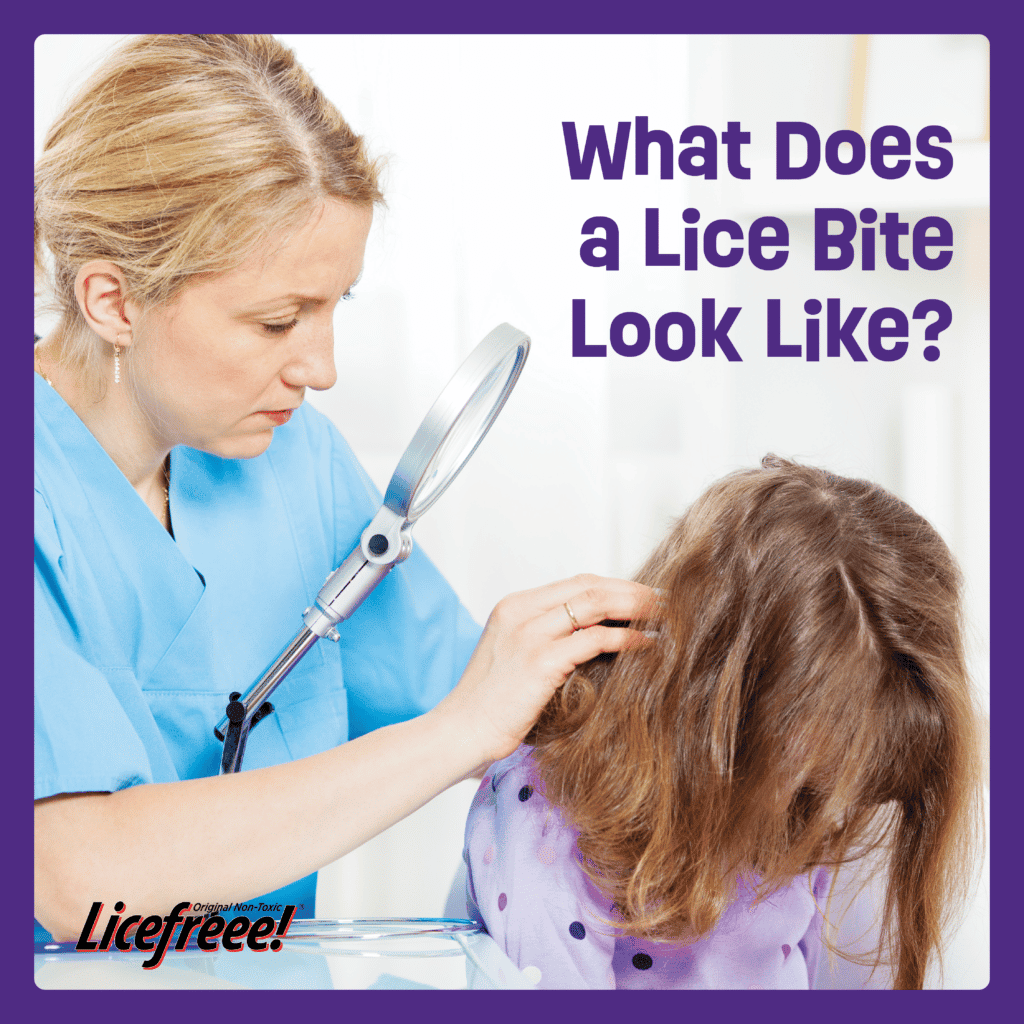
Do you notice an itchy, raised bite on your skin or scalp but aren’t sure what insect caused it? We’ve got you covered! Lice are tiny parasites that grow to be the size of a sesame seed. Head lice live on your head, attaching themselves to the hair shaft. The most common places for lice bites are around the scalp, neck, and shoulders.
Lice bites can cause severe itching, and it is common to notice small spots of blood and crust on your skin where you have been bitten. If you want to understand what a lice bite looks like, here are some ways to identify lice bites, including head lice bites. But before that, it is essential to understand the different types of lice.
Types of Lice
There are majorly three types of lice. These all belong to the same family of parasites, but interestingly, they all come from different species. These include:
- Head lice can be found on the scalp, ears, and neck.
- Body lice start by being on your clothes or in your bed. However, they quickly move from these locations onto your skin.
- Pubic lice, also known as “crabs,” can be found on your pubic hair and skin.
Head lice is the most common type, with the Centers for Disease Control (CDC) estimating up to 12 million head lice infestations yearly. Now, lets us look at how to identify head lice bites and what a head lice bite looks like.
How to Identify Lice Bites
The most common symptom of a lice bite is intense itching. Lice bites cause an allergic reaction in the body, which causes you to feel itchy. However, bites may go unnoticed for up to six weeks, only being detected once the infestation peaks!
Some of the other identifying symptoms of lice bites include:
- Minor red bite marks or sores that occur from scratching the bites.
- Red bumps develop on your head, neck, pubic area, shoulders, etc.
- A tickling feeling that something is moving on your head, body, or hair.
- Feeling irritated for no known reason.
- Having difficulty sleeping due to the itching.
You may also notice tiny white objects in your hair; these are typically the lice eggs known as nits. Nits appear on the hair shaft and are difficult to brush with your regular comb/hair brush.
What Does a Lice Bite Look Like?
If you suspect you may have lice, look for a pattern of red, raised bumps on your scalp, neck, or shoulders. The bites tend to form in clusters, so you may notice red blemishes forming near each other. In addition, if you have scratched the area, the bites will likely bleed and have tiny red dots on them.
How to Identify Head Lice
Unlike the name suggests, head lice can be found anywhere from the eyebrows right to the nape of the neck. Head lice also cause intense itching due to the louse’s saliva when it feeds on your blood. If you suddenly find a cluster of itchy, red spots on your head, you may have an infestation of head lice.
Head lice bite the scalp at the spot where they start feeding, but they are especially fond of staying in the area behind the ears and the back of your head as these are warmer areas of the scalp. These bites appear as tiny pinkish or reddish bumps and may sometimes have crusted blood. If you scratch these parts excessively, they can become infected.
How to Treat Lice
Head lice are treated by thoroughly washing and cleaning or sanitizing contaminated items with hot water and soap. Hot temperatures help kill the lice eggs, so wash and dry your clothes and bedding using the hot cycle and hottest dryer setting. Vacuum your house thoroughly, wash and dry your bedding and clothing, and use Licefreee Home as an extra step to stop any stray lice.
A highly effective way to kill lice and stop an infestation is with Licefreee Spray. Simply spray this homeopathic solution on the infected scalp, saturate the hair and scalp, and let the formula dry. Then, use the included lice comb to remove any nits or lice remaining. This product is especially useful as it kills super lice and nits, stopping the infestation at the root cause.
